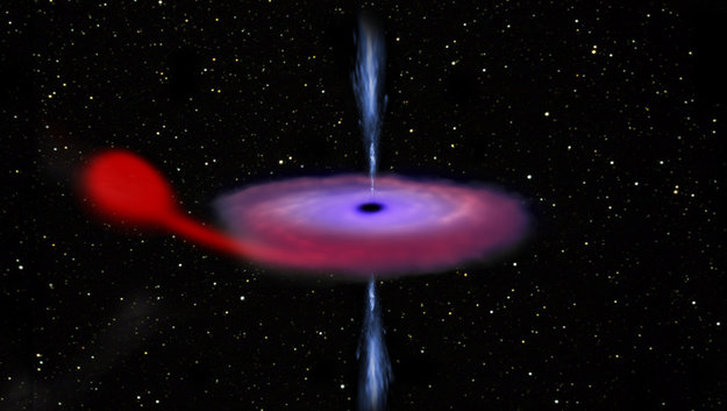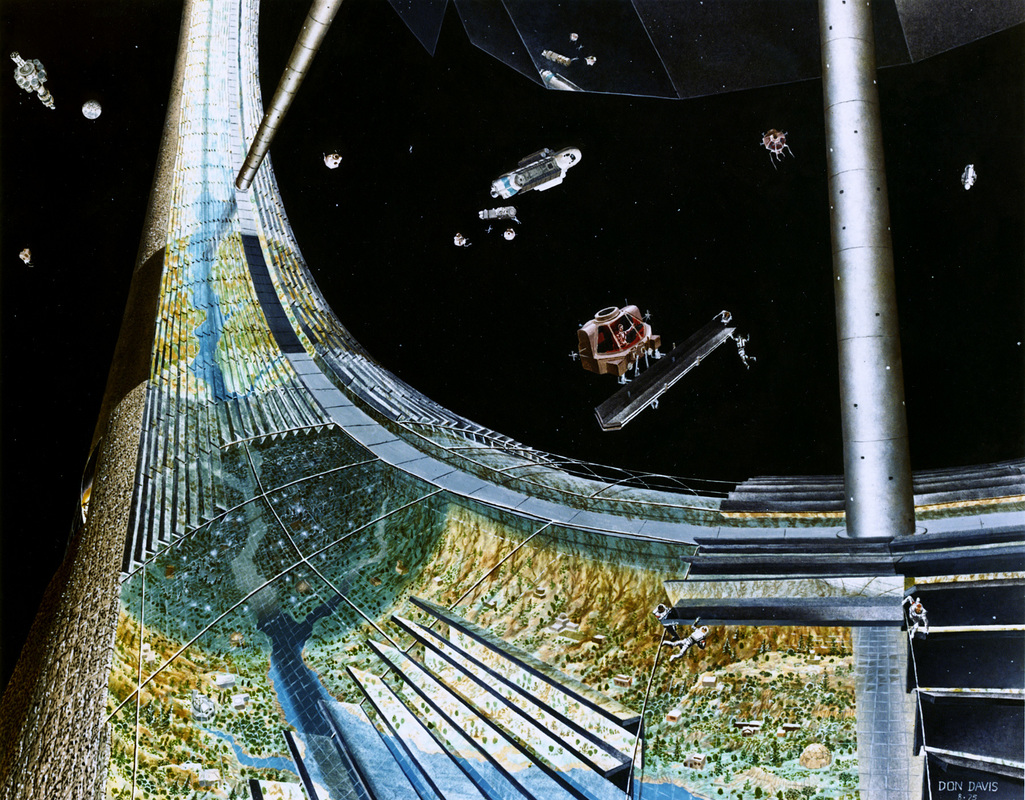|
Imagine a world when we will no longer worry about blood supply - especially in emergency transfusions and/during catastrophic events.
----- "The first attempt at giving human volunteers “synthetic blood” made in a laboratory for the first time will take place within the next two years, the NHS has announced. A long-awaited clinical trial of artificial red blood cells will occur before 2017, NHS scientists said. The blood is made from stem cells extracted from either the umbilical cord blood of newborn babies or the blood of adult donors. The trial, thought to be a world first, will involve small transfusions of a few teaspoons of synthetic blood to test for..." Read more @ The Independent Here's an interesting paradigm shift of our future of driverless vehicles. Imagine your ride being subsidized by your activities. The Wienermobile was way ahead of it's time. How different will our kindergarten students experience the world in this mobile economy and what type of skill sets will they need to support, operate, maintain, and sustain this economy?
----- "Self-driving cars are just beginning to creep onto our highways. But in the future, autonomous vehicles may dominate the roads, freeing up their human passengers to engage in all sorts of other activities. For instance, you might want to spend your morning commute pouring through your emails whilst a barista prepares your pumpkin spice latte. Wait, what?! The notion that “driving” may be a very different experience in the..." Read more @ Gizmodo "OneWeb has closed a $500 million funding round to build a satellite system that it says will provide affordable broadband services across the globe.The company has attracted investment from Airbus, Bharti Enterprises, Qualcomm, Coca-Cola, Virgin Group and others. It will use the funds to develop key technologies required to enable internet access for undeveloped locations.
The announcement comes just days after..." Read more @ TNW "This image captured by Sentinel-1A’s radar on 1 April 2015 shows a central region of California in the US. The San Andreas Fault – the border between two tectonic plates – is visible as a somewhat straight line running from the upper-left corner of the image to the bottom centre. The Pacific Plate to the west is moving in a northwest direction, while the North American plate to the east is shifting southeast. This horizontal scraping is happening at up to about 5 cm a year in some parts of the fault..." Read on @ ESA "Not long ago, the John J. Harvey, a red steel fireboat built in 1931, left the southern tip of Manhattan. It was headed north for a five day trip up the Hudson River, as far as the Erie Canal and then back. On board were about fifty maritime-history buffs and a bright green piece of hardware mounted on a backpack. This was 6138580E, one of a handful of Trekkers built by Google in the past couple of years. A Trekker is a portable photographic rig that looks like a long-necked robot with a dissected disco ball for a head. It contains two batteries, two hard drives, and fifteen cameras that point in..."
Read more @ The New Yorker Be the next Trekker "Over the past week, ESA's Integral satellite has been observing an exceptional outburst of high-energy light produced by a black hole that is devouring material from its stellar companion.
X-rays and gamma rays point to some of the most extreme phenomena in the Universe, such as stellar explosions, powerful outbursts and black holes feasting on their surroundings. In contrast to the peaceful view of the night sky we see with our eyes, the high-energy sky is a dynamic light show, from flickering sources that change their brightness dramatically in a few minutes to others that vary on timescales spanning years or even decades. On 15 June 2015, a long-time acquaintance of X-ray and gamma ray astronomers made..." Read more @ ESA Many of our students will be involved in further unlocking the potential of the Internet of Things (IoT) providing opportunities and advantages for themselves and for others.
----- "The Internet of Things--sensors and actuators connected by networks to computing systems—has received enormous attention over the past five years. A new McKinsey Global Institute report, The Internet of Things: Mapping the value beyond the hype, attempts to determine exactly how IoT technology can create real economic value. Our central finding is that..." Read More @ McKinsey & Company Full Report Download 1. We have an information fetish that causes us to confuse education with media. Better digital ‘interactive learning content’ is great, but anyone who says it’s a fix-all is trying to sell you something.
2. We’re obsessively infatuated with our own technological creations. We forget that although our tools have gotten very sophisticated, our ways of thinking haven’t really changed so much. 3. We are really good at throwing away obsolete tech toys, but we stink at throwing away thought paradigms. This is the shadow side of our archival genius. 4. We’ve taught our kids that life is boring. And if they’re not excited and passionate about life, it really doesn’t matter how much ‘content’ they’ve memorized or how many ‘skills’ they’ve mastered. 5. Grown-ups have an inferiority complex. We’re so scared of losing our authority that most schools are set up as big lies to trick kids into thinking adults are experts. ----- "What are the biggest obstacles to changing education? Some are economic. Others are infrastructural. Few are technological. The most significant challenges are philosophical. We are wedded to particular ways of thinking about school and learning and life that are limiting our ability to best serve our children. The way we live in the world is changing. Therefore, education also needs to change. Don’t believe the popular rhetoric, our schools are not “failing.” But they are also not..." Read more @ Forbes Although space policy and international affairs is not a commonly talked about majors in K-12, it will be important for our students and teachers to build a greater awareness towards space topics.
----- "Henry Hertzfeld, a professor of Space Policy and International Affairs at George Washington University, has taught a space law course for 11 years (before that, his background was in economics—the regular Earth kind). Even though the laws that govern space were drawn up back in the 1960s and 1970s, they’re still very good, he says. “The whole idea is freedom of access and using space for..." Read on @ Gizmodo A student at Milpitas Unified spends around 30 to 150 minutes a day (depending on grade level, instructional objectives, and other learning/personal factors) with a screen. Here is one person's perspective based on evidence.
----- "When I was a kid, my parents had strict television rules: no more than an hour a day, and the content must be educational. This meant a lot of PBS. I did briefly convince my mother that the secret-agent show “MacGyver” was about science, but that boondoggle ended when she watched an episode with me. These restrictions seemed severe at the time, but my parents were just following the orders of the American Academy of Pediatrics (AAP): Children and teens should have no more than..." Read on @ FiveThirtyEight |
Shared ThoughtsTogether, as learners in the education space, we would like to share a selection of what we read and reflect on internally. Categories
All
Archives
January 2016
|
Milpitas Unified School District
|
|












 RSS Feed
RSS Feed
